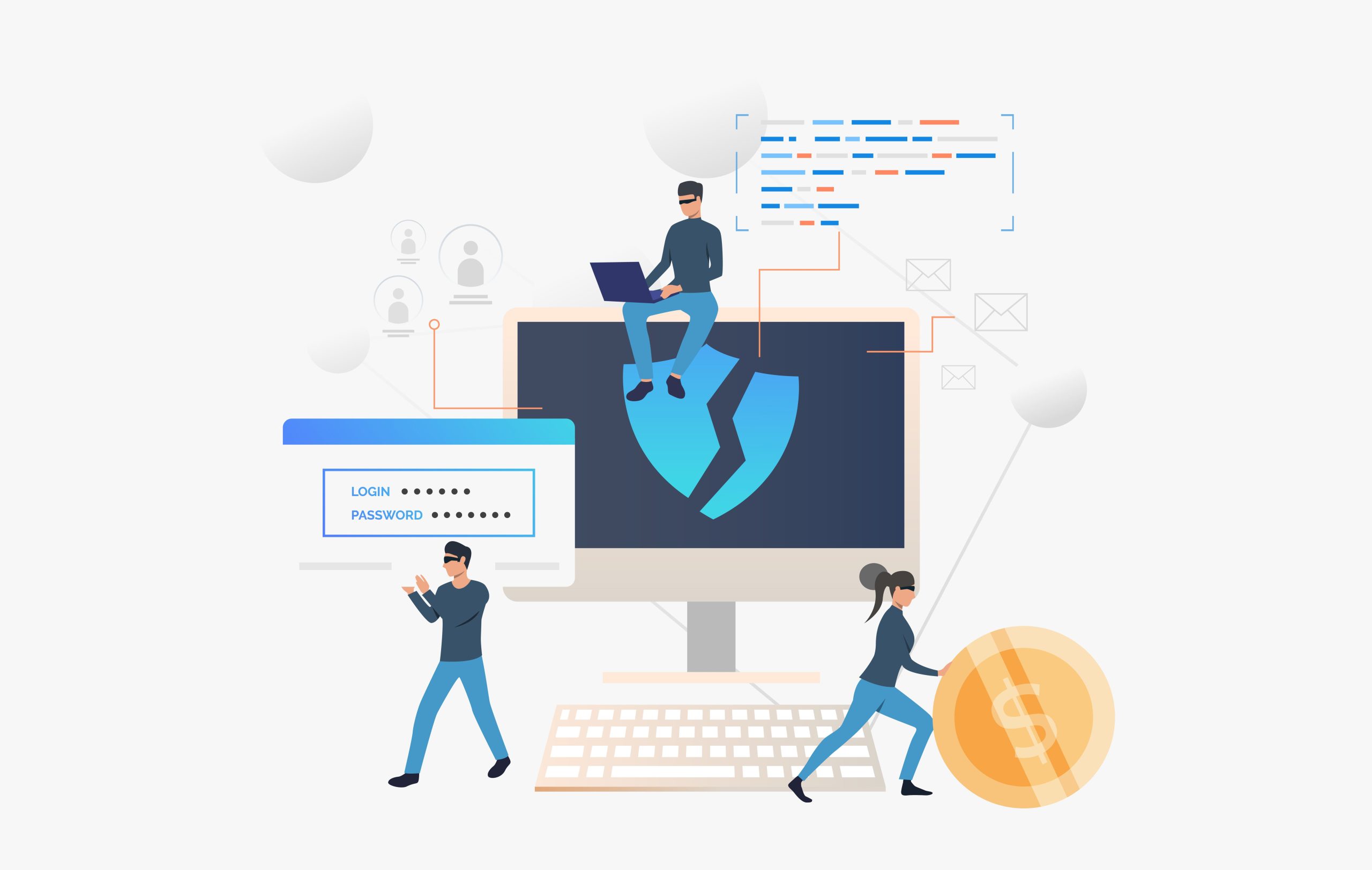Good policies are easy to understand and act on. If the language is too abstract, too legal, or too technical, it will be misunderstood or ignored.
Many policies also fail because they focus on permissions instead of process. For instance, stating that “financial data must not be shared with public Al tools” is useful only if employees know how to classify data, or who to ask for approval.
A weak policy language would say, “Avoid using sensitive data in Al platforms. A stronger, operational version will say, “Financial, personal.
A weak policy language would say, “Avoid using sensitive data in Al platforms. A stronger, operational version will say, “Financial, personal. and legal data are classified as sensitive. These must not be entered into public GenAl tools like ChatGPT. For business use cases, submit a tool request via IT.”


















